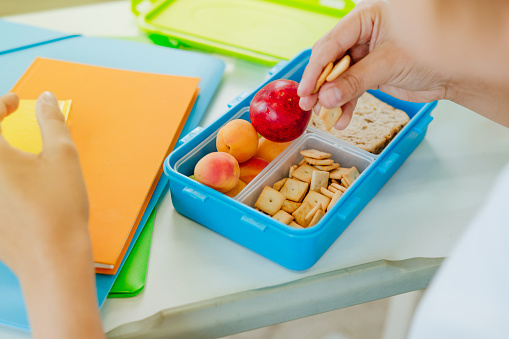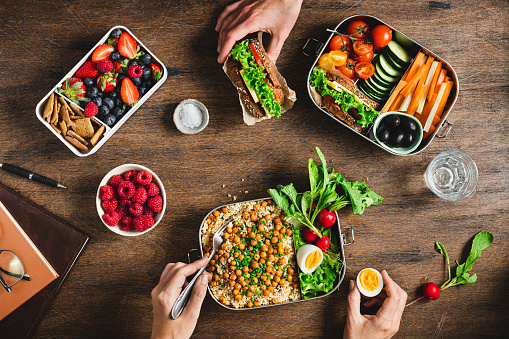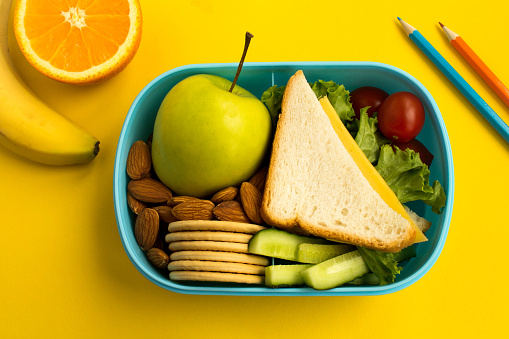The lunch box is a must-have for everyone who likes to take their lunch with them everywhere they go, whether it to school, work, the park, or the beach.
- In the old days, plastic bags were necessary for transporting food.
- So near to the beginning of a more serious effort to move toward environmentally-friendly products.
- A more ecologically responsible lunchbox has never been more convenient as it is right now.

See What These Eco-Friendly Lunch Boxes Say About Their Use of Plastic
It’s important to read the product labels when purchasing these environmentally friendly products in-store rather than online to ensure that the materials used in their manufacture are not damaging to the environment. Choosing the eco friendly lunch tiffin malaysia is essential there.
- If you’re unclear where to get this information, continue searching the internet.
- Natural materials such as bamboo, silicone, fabric, glass, and stainless steel are often employed in the manufacturing of ecologically friendly products.
- These are the most ecologically friendly materials since they can be reused several times.
- Paper bags that can be recycled are an excellent alternative.
Even though recycled paper is used to make the majority of today’s paper lunch bags, trees are still chopped down to get the pulp needed to make them.
It is possible to construct bags of various sizes and shapes from wood pulp that has been processed in a machine that creates paper, after which it is rolled and cut.
Packing your lunch in paper bags isn’t the most eco-friendly option, so look for recyclable options if you must.

Why is it better for the environment to use reusable lunch boxes?
In practically every regard, a lunchbox that can be used again and again is better than a throwaway plastic one. We can all do our part to reduce the amount of plastic waste collecting in our landfills and oceans by switching to lunch containers that are not made of plastic.
Reduce the large amount of plastic consumed while also boosting environmental sustainability if you switch to eco-friendly lunch boxes.
There are a variety of environmentally friendly lunchboxes to choose from.
If you want to reduce your plastic use, you might consider using one of the numerous ecologically friendly lunchboxes on the market.

Pick the one that would best suit your lunchbox needs.
With sandwiches for lunch, your needs will be different from those of someone who enjoys salads or other fluid meals, and so you’ll have a higher risk of spilling your food.
- Bamboo Lunch Boxes, which can be used for a number of reasons, are becoming one of the most popular sustainable trends.
- If you’re convinced you want one of these containers, check out our piece on bamboo lunch boxes, which contains customer evaluations, before you go purchasing.
- To be sure, bamboo may be recycled since it is a natural fibre that can be used again and again.
- The bamboo lunchbox, which is eco-friendly, is a hot trend these days.
- With a wide range of sizes and designs, they are undeniably beautiful.
- As long as you have only a sandwich and some fruit for lunch, you may use a bamboo lunchbox.
Using a bamboo lunch box has a number of advantages:
Lunch bags made of bamboo may be compacted into a small container. They may be washed in the dishwasher and are resistant to stains.
